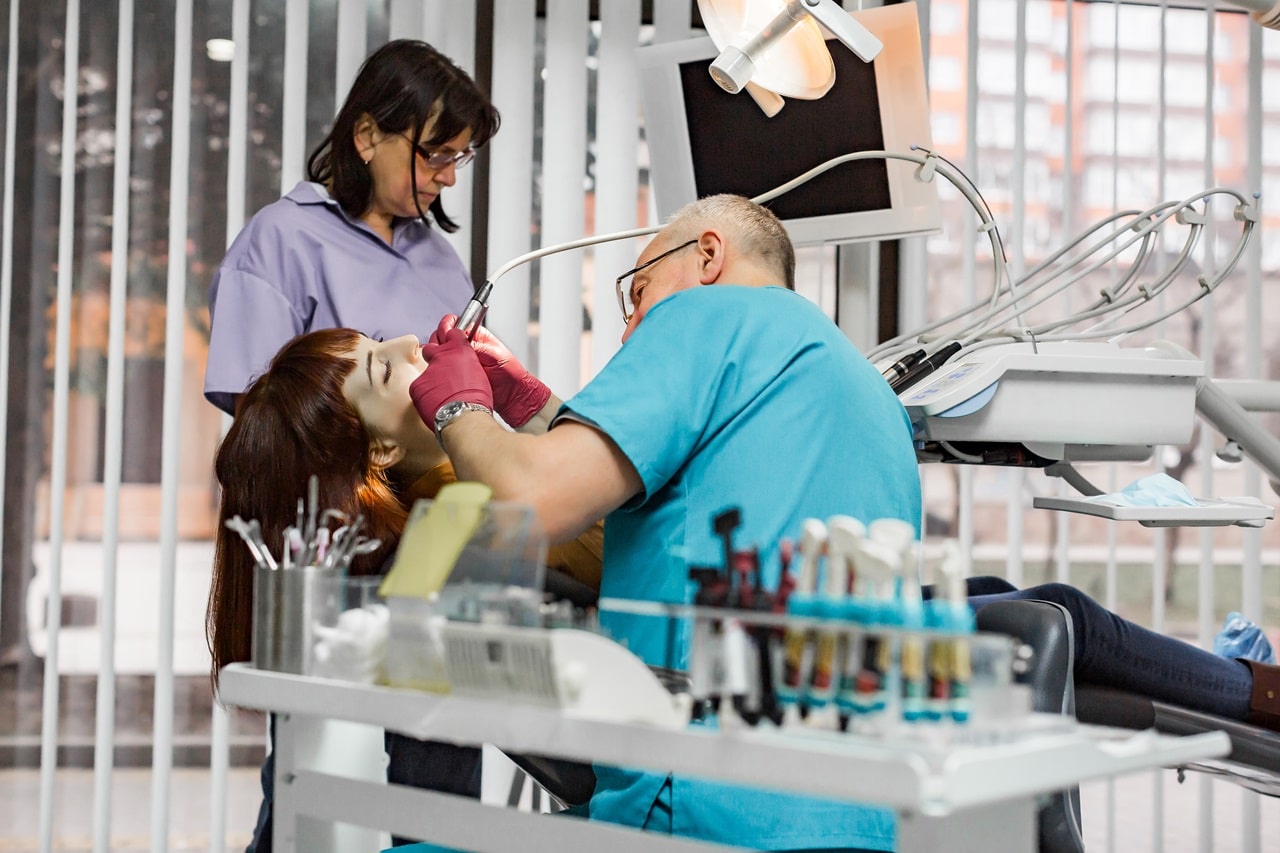Damaged or missing teeth can hinder not only the aesthetics of your smile but also your overall oral health and functionality. As specialists in a wide range of family dentistry services, including prosthetic dental solutions, we strive to provide our patients with effective treatments to restore their smiles. Crowns and bridges play a crucial role in reconstructing damaged teeth and replacing missing ones, ultimately improving your dental health and elevating your confidence.
In this informative guide, we will delve into the world of crowns and bridges by discussing their purpose, benefits, and the various material options available. Furthermore, we will examine the differences between these two dental prosthetics and how they work together to create a healthier, more attractive smile. Finally, we’ll walk you through the treatment process, from the initial consultation and preparation to the placement and aftercare of your dental crown or bridge.
With a variety of materials and an expert dental team, crowns and bridges can be customized to meet the unique needs of each patient. Understanding the ins and outs of these restorative solutions will help you make informed decisions about the best course of action for your oral health. Our dedicated team at Pickering Dental Services is committed to helping you achieve the perfect balance of form and function for your smile. Reach out to us today to schedule a consultation and discover how crowns and bridges can transform your dental health and overall well-being.
Understanding Crowns and Bridges
Crowns and bridges are both prosthetic dental solutions designed to restore your smile. However, they serve different purposes and are used in distinct situations:
1. Dental Crowns
A dental crown, also known as a cap, is a custom-made restoration that covers and encases the entire visible portion of a damaged tooth. Crowns are used to strengthen and protect teeth that have been affected by decay, cracks, or fractures. They can also be used to improve the appearance of discolored or misshapen teeth.
2. Dental Bridges
A dental bridge is a fixed prosthetic designed to replace one or more missing teeth. It consists of an artificial tooth (or teeth) anchored to the adjacent natural teeth on either side. Bridges fill the gap left by missing teeth, preventing adjacent teeth from shifting and maintaining proper bite alignment.
Benefits of Crowns and Bridges
Crowns and bridges offer numerous advantages for patients suffering from damaged or missing teeth:
1. Enhanced Aesthetics
Both dental crowns and bridges are customized to match the shape, size, and color of your natural teeth, providing a seamless integration into your smile.
2. Restored Functionality
Crowns and bridges help restore proper dental functionality, such as chewing and speaking capabilities, by providing support and stability to damaged teeth or replacing missing teeth.
3. Long-lasting Solution
When properly cared for, crowns and bridges can provide a durable and long-lasting solution for your dental health, often lasting up to 15 years or more.
4. Improved Oral Health
By reinforcing damaged teeth and filling the gaps left by missing teeth, crowns and bridges help prevent further dental issues, such as tooth decay, gum disease, and bite misalignment.
Choosing the Right Material
Dental crowns and bridges can be made from a variety of materials, each with its advantages and disadvantages. Your dentist will help you choose the right material based on factors such as aesthetics, durability, and cost.
1. Metal Alloys
Crowns and bridges made from metal alloys, such as gold or base-metal alloys, are known for their strength and durability. However, their metallic appearance may not suit all patients who prefer a more natural-looking smile.
2. Porcelain-Fused-to-Metal (PFM)
PFM crowns and bridges have a metal base with a porcelain exterior, offering a balance between strength and aesthetics. These restorations closely resemble natural teeth but may sometimes show a thin metal line near the gum line.
3. All-Ceramic or All-Porcelain
All-ceramic or all-porcelain crowns and bridges provide the most natural appearance, closely mimicking the translucency and color of natural teeth. Although they may not be as strong as metal or PFM options, modern ceramic materials have significantly improved in terms of strength and durability.
The Treatment Process
The placement of dental crowns or bridges typically involves the following stages:
1. Consultation and Examination
An initial consultation will be carried out to assess your dental health and determine the most suitable treatment plan. This may include X-rays and dental impressions to ensure accurate planning and design of your dental restoration.
2. Tooth Preparation
Prior to placing a crown or bridge, the affected tooth or teeth must be prepared. For crowns, this involves removing a portion of the enamel to accommodate the thickness of the crown. In the case of bridges, the adjacent teeth must be shaped and reduced to support the bridge.
3. Temporary Restoration
While your custom-made crown or bridge is being created in a dental laboratory, a temporary restoration may be placed to protect the prepared teeth and maintain your appearance.
4. Placement of Crown or Bridge
Once your dental restoration is ready, your dentist will remove the temporary restoration, clean the area, and cement the crown or bridge in place. Adjustments will be made as necessary to ensure a comfortable fit and proper bite alignment.
5. Follow-ups and Aftercare
Regular dental check-ups and cleanings are crucial for maintaining the longevity of your crown or bridge. Good oral hygiene practices, such as brushing and flossing, will also help keep your dental restorations in optimal condition.
Conclusion
Dental crowns and bridges play an essential role in restoring the aesthetics and functionality of your smile. With a variety of materials available and the expertise of our dental team, you can confidently choose the best solution for your unique dental needs. At Pickering Dental Services, we are committed to guiding you through the process of repairing or replacing damaged teeth and achieving the beautiful, healthy smile you deserve. Schedule a consultation with us today to learn which of our dental services in Ajax suit you.


